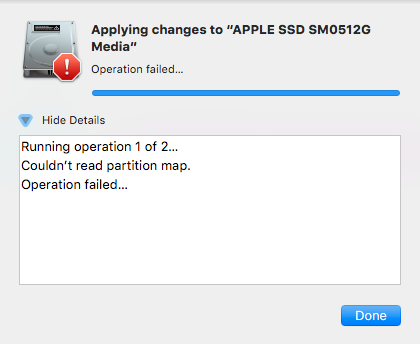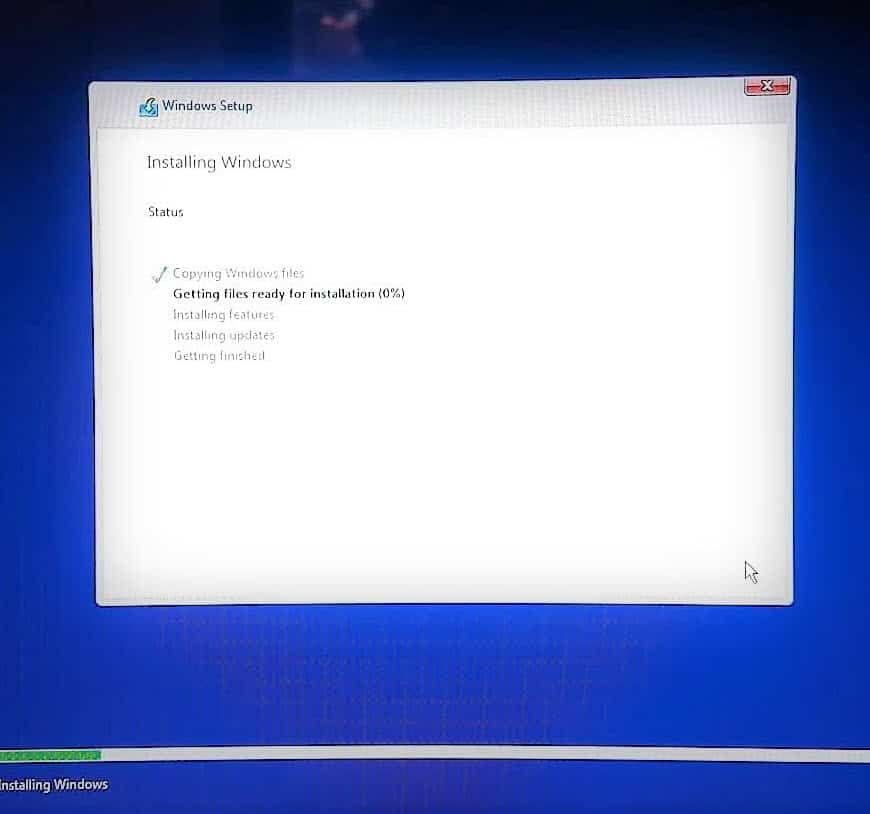

The page was aimed at people struggling with BootCamp, but either way, it gets you to the BootCamp.pkg file, which contains the drivers. You can now proceed with Boot Camp assistant Windows installation. It’s still 660MB or more, so it’s a full CD worth of burning time.

The folder contains a nest of folders, the last of which contains a dmg disk image file.

Once your pkg is downloaded, double click it and install to a folder on your hard drive so you know where to find it.Having found your 041-XXXXX number, download the BootCampESD.pkg url that has your number in it.click Apple menu -> About this Mac -> More Info… -> Report -> Hardware -> and now read down the Hardware Overview looking for “Model Identifier:” How do you know your Model Identifier? Open System Information, and look in the Hardware Overview section.For instance the 041-2011 file contains these models: MacBook2,1 MacBook3,1 MacBook4,1 MacBook5,1 MacBook5,2 MacBook5,3 MacBook6,1 MacBook7,1 MacBookAir1,1 MacBookAir2,1 MacBookAir3,1 MacBookAir3,2 MacBookPro2,1 MacBookPro2,2 MacBookPro3,1 MacBookPro4,1 MacBookPro5,1 MacBookPro5,2 MacBookPro5,3 MacBookPro5,4 MacBookPro5,5 MacBookPro6,1 MacBookPro6,2 MacBookPro7,1 MacBookPro8,1 MacBookPro8,2 MacBookPro8,3 MacPro1,1 MacPro2,1 MacPro3,1 MacPro4,1 MacPro5,1 Macmini2,1 Macmini3,1 Macmini4,1 iMac5,1 iMac6,1 iMac7,1 iMac8,1 iMac9,1 iMac10,1 iMac11,1 iMac11,2 iMac11,3 iMac12,1 iMac12,2.For instance MacBookPro5,2 or Macmini4,1. Search for the Model Identifier for your Mac.Paste the URL for each such English.dist file into your browser and open that url.Below each such occurrence, notice the URL for a file with the same 041-XXXXX in it and ending in English.dist, e.g.



 0 kommentar(er)
0 kommentar(er)
